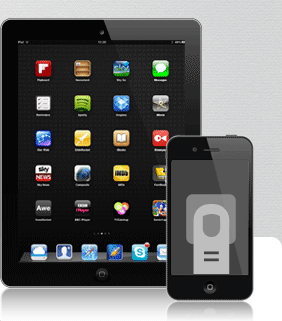From time to time, a technological revolution changes everything. As the world gets more global and our communications travel at – virtually – the speed of light, one idea or pioneering piece of technology can be adopted faster than ever and become the must have gadget for an important part of the population. This is great news for fast-paced innovators but can sound the death knell for any companies that are slow to adapt, even if they have spent the last few decades as a successful market leader.
No example illustrates this better than the US company, Eastman Kodak. In the 80s, it was a huge success with more than 128,000 employees, $9 billion in revenue and profits that exceeded over $1 billion.
 Kodak’s stock from the 90s to now
Kodak’s stock from the 90s to now
However, digital photography’s rapid rise in the late 90s and the groundbreaking introduction of smartphones, particularly the all conquering iPhone in mid 2007, managed to kill a company that never succeeded in renewing itself. Of course, Kodak tried to adapt to the digital world, releasing a number of interesting products, including digital cameras and services, but it was a case of too little, too late. The company’s progress was far too slow and it failed to achieve any significant success. By January 2011, they filed for bankruptcy and even though a judge approved the company’s reorganization last August, and it eventually got out of Chapter 11, the future is more uncertain than ever for the few thousands employees still onboard.
To understand better what happened, it is important to take an analytical overview of the progress that has been made by the top players in the digital photography sector in the last few decades. With the following graph, I point out the most obvious changes and it is all about sensors, the heart of digital cameras that capture the images. With time, sensors have got smaller, smarter and cheaper, as have the rest of the camera’s components, and they also record more data. In other words, their quality and ease of use mean they totally outperform the classical, film-based cameras of the past:
Of course, the sensor’s size or capacity wasn’t the only progress that manufacturers made. From a technical point of view, engineers developed much greater sensitivity, extended the dynamism range, created more frames per second and even managed to enhance the cameras’ video capabilities. As if that wasn’t enough, miniaturization and bits of hi-tech software, new features like face recognition, pioneering geo localization, social sharing and unlimited wireless Internet access, have greatly improved the cameras we can use in our smartphones. So, in this area, the evolution of photographic performance has been even faster:
Digital photography manufacturers needed 14 years to go from a 2 Megapixels sensor to 36 Megapixels. Smartphones were almost twice as quick – needing just 8 years to achieve the same progress. Of course, if you compare a 38.2 Megapixels picture taken by a smartphone Lumia 1020 and a 36.3 Megapixels pictures from the Nikon D800, there is still a big difference in quality. On the other hand, the D800 costs around USD 3,300 and takes only pictures, while you can pocket the 1020 for just USD 600, or USD 130 with a subsidiary contract, and there are over a thousand things you can do with it.
Ironically, this fast-paced evolution is now threatening the digital camera industry that killed Kodak. As the technology and performance of image acquisition on smartphones are making giant steps forward every 6 to 12 months, classic digital camera makers, from compact to expensive DSLR systems, are starting to face stiff competition. In 2012 alone, the mobile industry sold 1.75 billion devices, of which 712 millions were smartphones. Analysts predict roughly the same amount of mobile phones will be sold wordwide this year, but smartphone sales are rocketing and should represent around 837 millions units, a 17% increase from 2012:
At this point, it is worth noting that in some countries, smartphone sales represent more than 55% of total mobile sales. At the same time, digital camera makers suffered a 30% sales decrease from 2007 to 2012. This is not down to an economic downturn, but a shift in consumer spending that, with time, will get only worse as smartphone cameras get better.
And what about you? Is your company ready to go fully digital, rely on the Internet and move over to mobile phone? And what about your competitors, are they moving in the same technological direction?
















